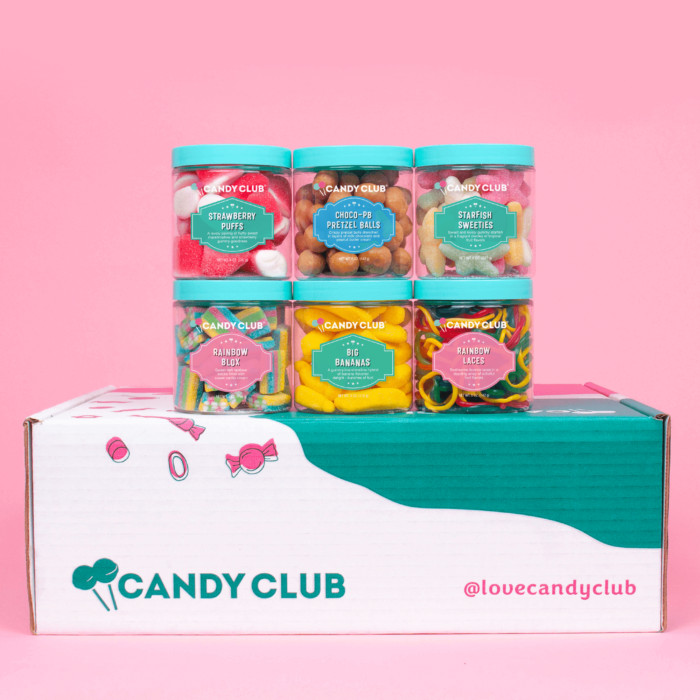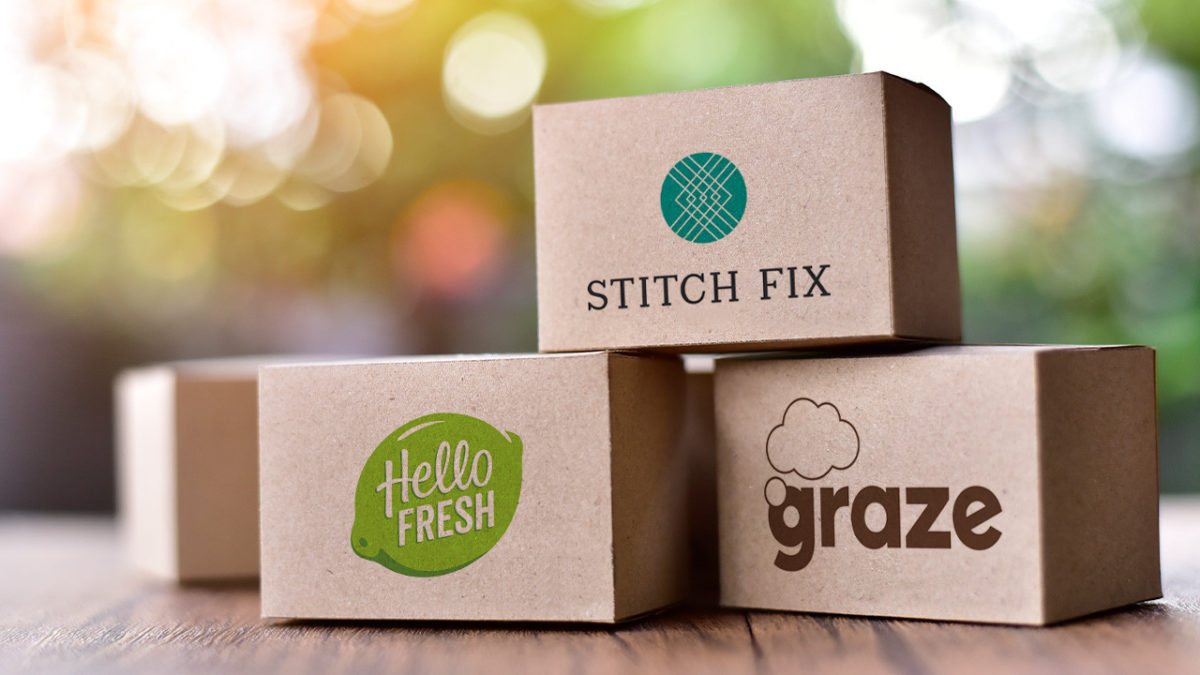Chances are, you’ve probably seen subscription boxes advertised all over your social media feeds – a perfectly tailored box of indulgences that arrives on your doorstep every month. With such little effort required on your behalf and a vast array of options, it’s no wonder this model of retail has boomed in recent years. Could this phenomenon completely transform how we shop?

A subscription box is, essentially, a means of getting goods delivered to you on a recurring basis, provided you pay a regular fee. Some subscription boxes will provide a variety of products, while others will emphasise the personalised nature of the service, promising to cater to the desires of the consumer. The subscription box retail sector has certainly grown over the years – it is a $15 billion industry, with revenue growing faster each year. The largest online subscription boxes generated a combined $7.5 billion in 2018, an increase of 30% from 2017.
You might not realise it, but things that have become so ingrained in our daily routines are also subscriptions: Spotify, Apple Music, Netflix are all keystones of the subscription lifestyle. So, what’s stopping a monthly delivery of curated wine samples or craft supplies from being next?

Data shows that millennials are the most likely to use these subscription box services, and understandably so. Younger generations represent interesting generational consumer behaviours – they’ve experienced the death of the shopping mall, and while e-commerce is reaping the benefits of this, these benefits could be fleeting. Consumer fatigue is becoming prevalent, and it is described as “the sheer glut of the stuff, the constant marketing spiel around goods that people don’t need and, often, don’t want.” The subscription box model removes that feeling of being overwhelmed by choice, replaced by feelings of excitement at the box’s novel feature: unpredictability. The science that underpins this model is “novelty seeking” – the area of the brain that is associated with reward and pleasure is activated when consumers receive a subscription box. When accompanied by convenience and the promise of personalisation, the appeal for consumers is self-explanatory. Businesses reap the rewards of a loyal customer base, who then provide a predictable, recurring source of revenue.
It seems like the perfect time for consumers to engage with these sorts of services when they themselves can’t go out to the shops and examine their choices. In recent months, 22% of subscription box companies in the United States have seen subscriber numbers increase, mainly for companies that offered replenishment of food and beverages, or online learning activities. Some brands, like Australia’s Whisky Loot, have seen sales spike as it offers somewhat of a return to the social rituals of drinking that consumers are missing during quarantine. For those who are benefiting, it is the challenge of getting these consumers to stick around long-term after this period that remains.

The subscription box model seems like it is here to stay, but that doesn’t necessarily guarantee its success. Its’ exponential growth means that new subscription boxes are popping up regularly – in 2018, the amount of subscription boxes on the market had increased by 40% from the previous year. This potentially means that the consumer fatigue to traditional retail that initially drove the subscription box to success could also be its downfall. The subscription box is meant to take us back to meaningful, intentional consumer purchases, but it also has the potential to facilitate another means of impulsive and wasteful decisions.
Subscribe to FIB’s Weekly Alchemy Report for your weekly dose of music, fashion and pop culture news!






